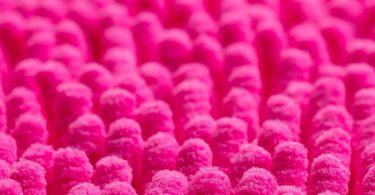Osteoarthritis, osteoporosis, sarcopenia, these disorders have several points in common: frequent in the elderly and / or diabetics, they are the direct or induced consequence of glycation.
AGEs (Advanced Glycation Endproducts) are the result of the binding of sugars to proteins in the body. These glycated proteins are particularly involved in skin aging, metabolic syndrome and cognitive decline.
The accumulation of AGEs has also been observed in neuromusculoskeletal tissue, bone, cartilage, muscles, tendons, ligaments and nerves, where they negatively affect their biomechanical properties. These AGEs bind to receptors (RAGEs) and induce a cascade inflammatory reaction aggravating these musculoskeletal disorders (1).
The recent understanding of certain mechanisms linked to AGEs has led to the development of new solutions for the prevention and treatment of these musculoskeletal disorders. Rosmarinic acid, a deglycating molecule, has shown very positive results in the management of osteoarthritis in animals (2) and in humans (3).
© AGE BREAKER 01 2021
[AGE BREAKER, patented nutritional supplements, based on rosmarinic acid, recognized by aging specialists around the world for their properties to reverse the effects of glycation.] [Glycation is one of the major causes of aging. Resulting from the fixation of sugars on the proteins constituting the organism, glycation generates toxic compounds that cause cellular aging. Glycation is particularly involved in metabolic disorders, skin aging and cognitive decline.]): A. Suzuki et Al. Advanced glycation end products in musculoskeletal system and disorders. 2020. © Elsevier Inc. DOI: 10.1016/j.ymeth.2020.09.012
(2): R. Kumar Gautam et Al. Rosmarinic acid attenuates inflammation in experimentally induced arthritis in Wistar rats, using Freund’s complete adjuvant. Int J Rheum. 2019. DOI: 10.1111/1756-185X.13602.
(3): AGE Breaker, internal data 2019.









